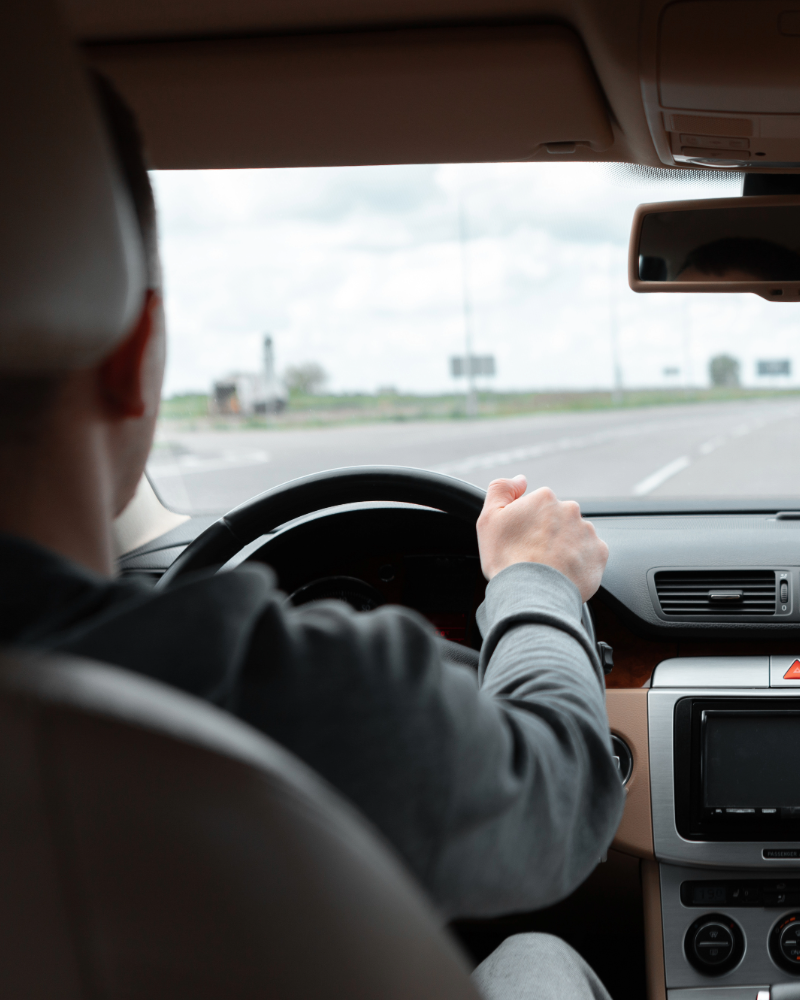
Individuals with clean driving records and no history of traffic offenses also take risks with alcohol and drugs, underestimating the negative impact these substances have on driving. Two studies from the University of Granada's Mind Brain and Behavior Research Center (CIMCYC) have delved into this dangerous combination.
"Half of drivers admit to drinking and driving: they have no record but they do pose a risk," warns Cándida Castro, a professor at the UGR's Faculty of Psychology and a co-author of the research.
The studies reveal that a significant proportion of non-offending drivers consume alcohol or drugs before getting behind the wheel even without criminal records or fines. The research team analyzed substance consumption patterns associated with demographic elements and dangerous driving behaviors such as errors, traffic rule violations and near-collisions. Furthermore, they found that more than 50% of drivers use their car after consuming one or two drinks, and 15% after consuming drugs which indicates a lack of self-control and risk perception.
These figures show gender differences. Men are predominantly the ones who confirm driving after having one or two beers or one or two glasses of wine.
The study results have clear implications for road safety. "Firstly, drivers with no prior offenses also represent a significant risk and this suggests that preventive strategies should not focus solely on habitual or repeat offenders. Secondly, the findings highlight the need to re-evaluate social tolerance towards moderate consumption before driving because even mild doses are associated with more accidents, driving errors and reckless attitudes," explains Cándida Castro. The researchers emphasize the urgency of designing educational campaigns to correct these erroneous perceptions and foster a culture of zero tolerance.
The studies utilized a cross-sectional design based on self-reports, applying validated psychometric tools such as the AUDIT (for alcohol consumption), the DAST (for drugs) and the DBQ (for driving behaviors). The scientific team conducted a multivariate analysis to identify associations between substance consumption, sociodemographic variables and dangerous behaviors. They also related consumption levels to the history of road incidents, fines and driving errors. The research focuses on non-offending drivers and a population not typically considered at risk but one that can indeed become so.
Reference
Castro, C., Padilla, F. M., Trógolo, M. A., Doncel, P., & Dinu, A. I. (2025). Patterns of substance use among non-offender drivers: Associations with demographics, aberrant driving behaviors, and near-collisions. Traffic Injury Prevention. https://doi.org/10.1080/15389588.2025.2507667
Padilla, F. M., Trógolo, M. A., & Castro, C. (2025). Two drinks and drive: Assessing the average driver’s ability to self-restrain from alcohol and drug use while driving. Transportation Research Interdisciplinary Perspectives, 31, 101391. https://doi.org/10.1016/j.trip.2025.101391
Contact
Cándida Castro Ramírez - candida@ugr.es

